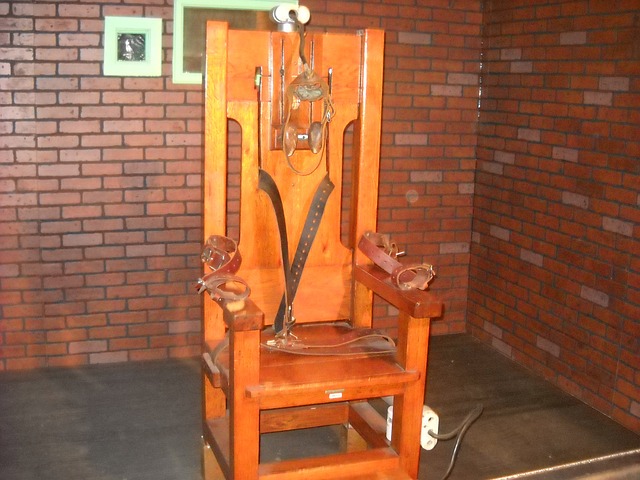Crime and (Capital) Punishment
Capital punishment has started again in the states of Oklahoma and Florida after a Supreme Court decision to go ahead with it despite the controversy of a botched execution nine months earlier. Inmates Charles Warner and Johnny Kormondy were the first to be executed after the problems surfaced.
Death row inmates are executed in the United States by using a mixture of lethal drugs which are injected into the bloodstream. In April 2014, the execution of Clayton Lockett, an Oklahoma inmate, went horribly wrong and sparked debate over capital punishment nationwide. After being injected with the lethal drugs (midazolam, vecuronium bromide, and potassium chloride), Lockett started to hemorrhage ion his skin, suggesting that the IV was inserted improperly and leading to the drugs being administered to his skin instead of his vascular system. It took Lockett 43 minutes to be pronounced dead. During Lockett’s execution, witnesses said he writhed and shook uncontrollably after the drugs were injected. The hemorrhaging described as “one of his veins rupturing” prevented the drugs from taking full effect, making the execution take longer. This has sparked nationwide debate over the death penalty and the use of drugs during exedcutions.
Lockett was not the only three-drug execution to go haywire. Ohio ended its use of certain drugs after a prisoner gasped and snorted throughout his execution, which took 26 minutes. Another execution in Arizona took two hours.
The lethal drugs, midazolam, vecuronium bromide, and potassium chloride, are part of the three-drug mixture that states have used since 2013. These drugs are meant to put the inmate under, then paralyze and induce cardiac arrest. Midazolam replaced sodium thiopental, the original sedative which U.S. manufacturers stopped making and Europe banned from being exported for executions.
Although the Supreme Court has allowed the executions to go on in Oklahoma and Florida, they are now hearing a case that the sedative midazolam used in executions is unconstitutional. Lawyers of the death row inmates are arguing that using midazolam brings an risk of pain and suffering to the executions. They are arguing that midazolam cannot achieve the amount of unconsciousness that is required for regular surgeries, so they argue that it is not suited for executions.
Charles Warner was supposed to be executed directly after Lockett, but due to the problems with Lockett’s execution, Warner’s execution was rescheduled. Charles Warner was executed on January 15, 2015. He was convicted for the 1st-degree murder and rape of 11-month-old Adriana Waller in 1997. Johnny Kormondy was executed after him in Florida. Kormondy was convicted of the murder of Gary McAdams and the rape of his wife, Cecilia McAdams in 1993.

Bonjourno! Me llamo Sophie. I am a tri(sort of) lingual senior with a large passion for sarcasm and baked goods. I still am in band, writers guild, link...















Nikol Podlacha • Feb 18, 2015 at 9:02 am
These types of stories and controversies really capture my attention and I think you executed it very well. Haha jeez I’m hilarious.